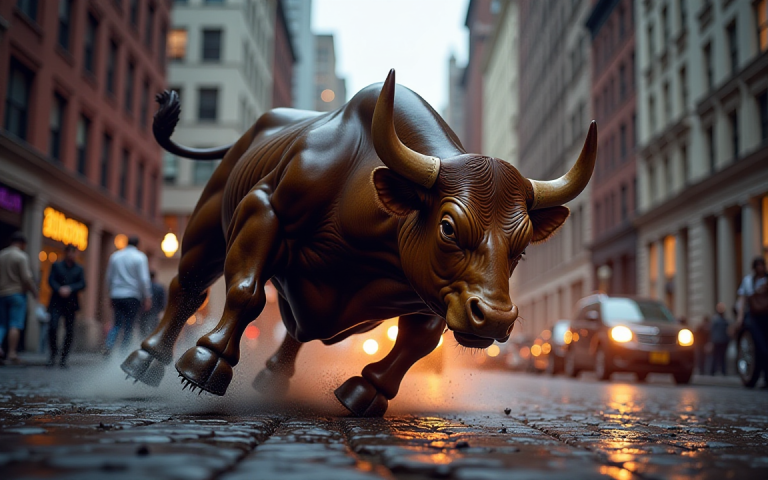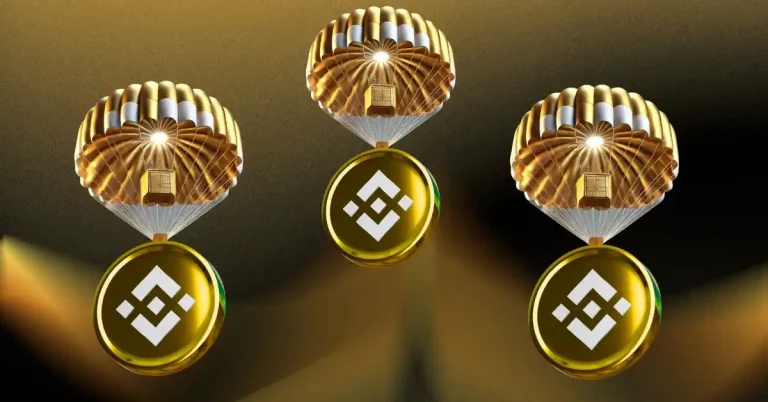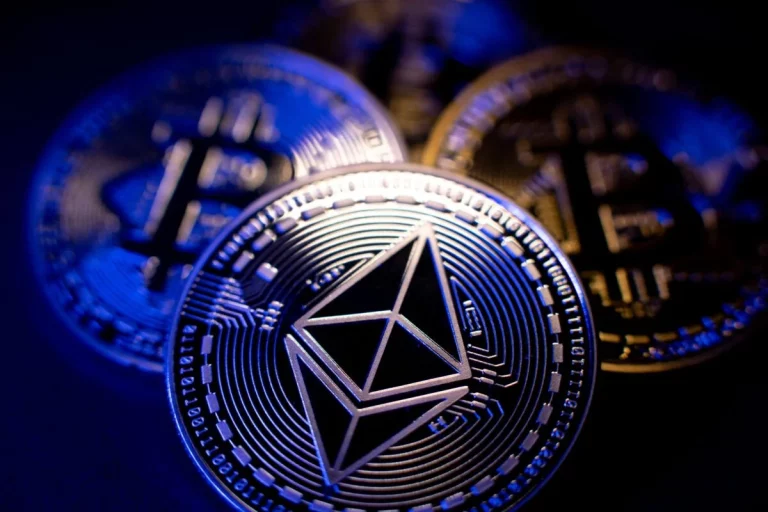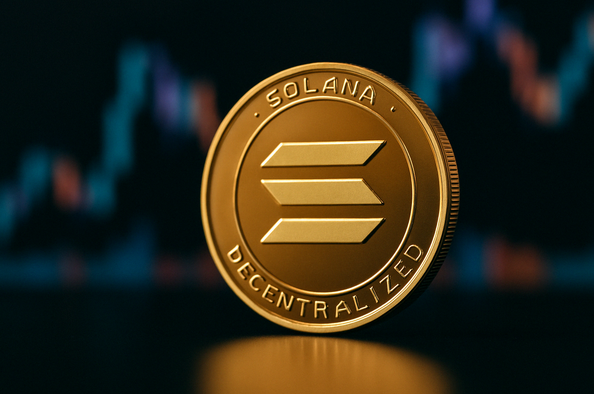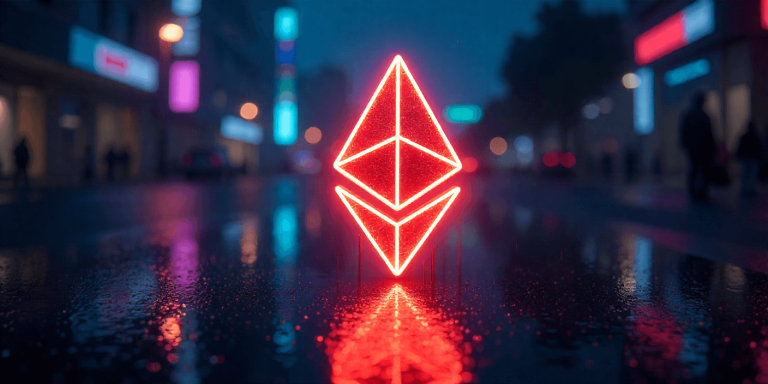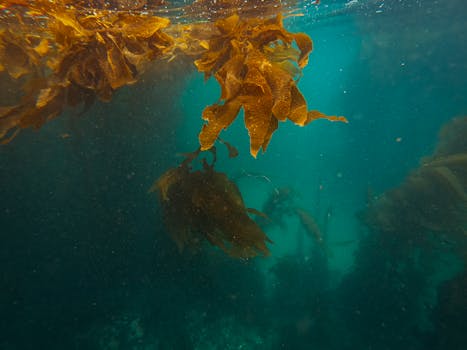
Exploring the Future: Virtual Reality Art Installations
Takeaways: Virtual reality art installations are revolutionizing the way we experience art, allowing for immersive and interactive encounters. Artists are leveraging technology to create unique environments that challenge our perceptions and invite us to explore new dimensions of creativity.
In recent years, virtual reality (VR) has emerged as a powerful tool for artists, transforming traditional art into immersive experiences that engage the audience in unprecedented ways. With the ability to transport viewers into a digital realm, VR art installations challenge our perceptions of space, interaction, and creativity. This article explores the innovative realm of virtual reality art installations, highlighting their significance, the technology behind them, and the impact they have on the art world.
The Evolution of Art in the Digital Age
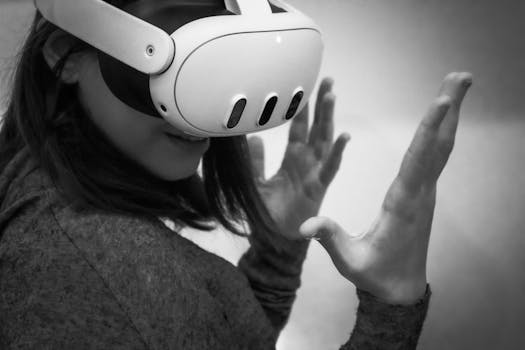
Virtual reality art installations allow creators to craft entire worlds that can be navigated and explored. Unlike traditional art forms that are often passive experiences, VR installations invite viewers to become participants, encouraging them to interact with the environment in meaningful ways. This shift from passive observation to active participation not only enhances the viewer’s experience but also challenges the very definition of what art can be.
Innovative Examples of Virtual Reality Art Installations
Several artists have embraced virtual reality to create groundbreaking installations that push the boundaries of artistic expression. One notable example is “The Night Cafe” by creator Vincent Morisset. This immersive experience transports users into a 3D recreation of Vincent van Gogh’s iconic painting, allowing them to walk through the artist’s world and interact with elements from his life and work.
Another compelling installation is “Tree” by artist Marshmallow Laser Feast, which invites participants to experience the life of a tree through VR. Users can navigate through a virtual forest, witness the growth of a tree over decades, and understand the interconnectedness of nature. This installation exemplifies how VR can foster empathy and awareness of environmental issues.
Additionally, “The Infinite” by artist Ryoji Ikeda combines sound and visuals in a mesmerizing VR environment, challenging users to contemplate the relationship between data and perception. These installations showcase the diverse possibilities of virtual reality in art, each providing unique experiences that evoke emotions and provoke thought.
The Technology Behind Virtual Reality Art Installations
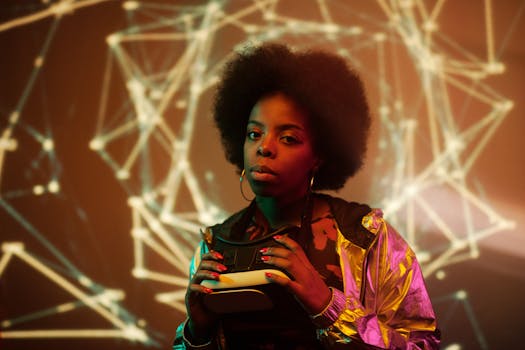
Motion tracking technology is also crucial, as it enables users to move within the virtual space, interact with objects, and influence the environment around them. This interactivity is a defining characteristic of VR art installations, setting them apart from traditional art forms.
Moreover, the integration of sound design enhances the immersive experience. Artists are increasingly using spatial audio techniques to create a multi-sensory environment, drawing viewers deeper into the narrative and emotional landscape of the artwork. As technology continues to advance, the potential for innovation in VR art installations grows, opening up new avenues for creative expression.
Conclusion
Virtual reality art installations represent a fascinating intersection of technology and creativity. They invite us to step into new worlds, engage with art in interactive ways, and challenge our perceptions of reality. As artists continue to explore the possibilities of VR, we can expect to see even more groundbreaking work that redefines the boundaries of artistic expression. The future of art is here, and it’s virtual, immersive, and waiting for us to explore.

